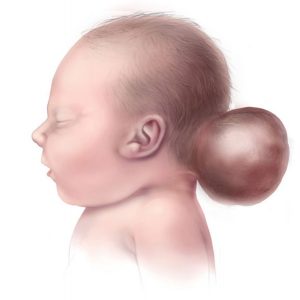Boomerang dysplasia is a rare disorder where the bone development gets affected throughout the body due to severe mineralization defects. Infants born with this disorder have the bones of their arms and legs deformed with an inward and upward turning of feet taking the form of boomerang. They also have dislocated joints of hip, knees and elbow. Death usually occurs with affected individuals because of cardio-respiratory failure
Symptoms
Some of the symptoms are narrow rib cage, underdeveloped lungs, abnormal long bones, toe and finger abnormalities, missing femur and humerus, broad nasal, underdeveloped nostrils and boomerang shaped legs.
Causes
Mutation in the gene is one of the causes of boomerang dysplasia. This is an autosomal dominant disorder and this condition has not been prevalent in the family of the affected individuals. The gene that causes boomerang dysplasia is FLNB which is responsible for the production of a protein called filamin B. This protein is essential for building the skeletal structure before birth along with cell growth and maturation. Mutation in this gene means either there is a change or deletion of a small section of the protein sequence causing boomerang dysplasia. It is not an inherited disease as individuals affected do not live beyond infancy and hence the gene cannot be passed to the next generation.
Diagnosis
Boomerang dysplasia is confirmed with genetic testing and skeletal radiographs. The skeletal morphology can be diagnosed prenatally for long tubular bones by the 3D-CT scan.